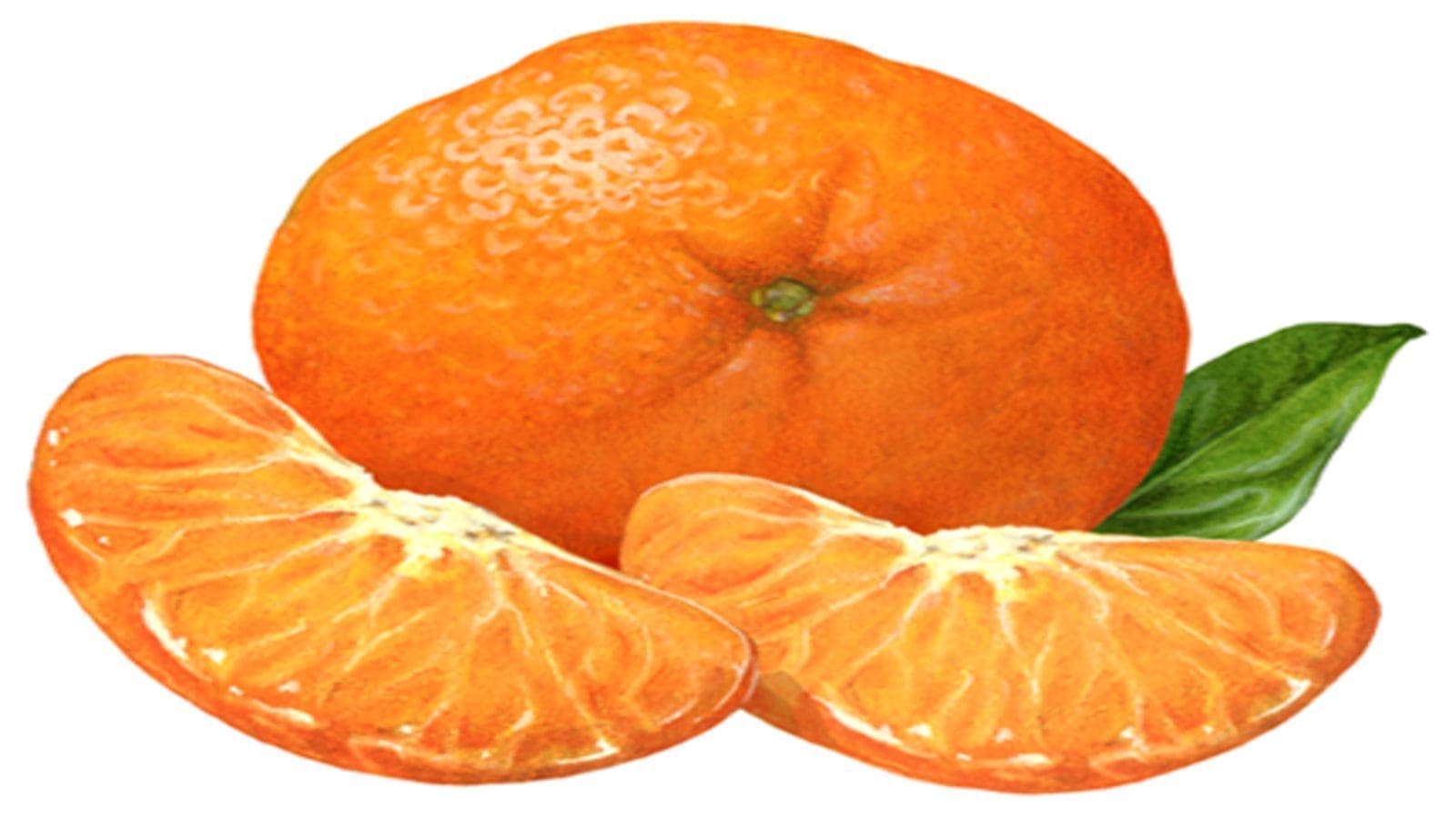INDIA – The United States Department of Agriculture’s Foreign Agricultural Service (FAS) has raised an alarm over the spreading cases of lumpy skin disease (LSD) in various States in India.
The LSD has so far spread to the northern states of Punjab, Haryana, and Himachal Pradesh with various Indian media sources reporting that cattle deaths are around 2,111 in Rajasthan and 1,679 in Gujarat, and now 672 in Punjab, 38 in Himachal Pradesh, and 22 in the Yamunanagar district of Haryana.
Since the beginning of August, over 25,000 cases have been reported in Rajasthan alone and more than 37,000 cases in Gujarat, says FAS.
The outbreak is rapidly becoming a cause of concern for dairy farmers, who fear incurring huge financial losses as productive cattle die off.
The highest number of cases detected are concentrated in the six districts of Punjab, including Jalandhar, Moga, Muktsar, Barnala, Bathinda and Faridkot. The virus has now spread to hundreds of dairy cows in neighboring Haryana’s Yamunanagar district, as well as to the Bhiwani, Karnal and Ambala districts.
In Himachal Pradesh, six districts including Solan, Sirmair, Bilaspur, Hamirpur, Kangra and Una are detecting cases.
Due to the lack of official case numbers on Indian government websites, FAS believes that India is yet to notify the World Animal Health Organization (OIE) of the latest 2022 LSD outbreak.
To contain the spread of the disease, the Indian government has developed a homologous live-attenuated LSD vaccine “Lumpi-ProVacInd” following experimental and field trials.
The protocol for the commercialization of vaccine is being expedited by the government so that the vaccine can be made available to cattle farmers as quickly as possible. Impacted states have been turning to the use of goat pox vaccines to control the spread of disease.
The Punjab state government run veterinary and animal science university has also issued Guidelines and Preventive Measures on lumpy skin disease. Media sources have reported that cattle vaccination numbers in Punjab now stand at 3,033.
For the past three months, LSD has been sweeping Gujarat State where the outbreak first began. on April 23, Kaiyari village in Abdasa taluka of Kutch district, where many depend on cattle-herding for their livelihood, reported its first case.
The disease has since spread to over eight States/Union Territories with over 1.85 million cattle being affected and more than 7,300 cattle dying, as reported by The Hindu.
Lumpy skin disease
Lumpy skin disease is an infectious viral disease in cattle with the virus belonging to the capripoxvirus genus of Poxviridae, also known as Neethling virus.
Originally found in Africa, it has also spread to countries in the Middle East, Asia, and eastern Europe.
It is transmitted by blood-feeding insects, such as flies, mosquitoes, and ticks. Just like its name, LSD is characterized by lumps, otherwise known as nodules on the cattle’s skin.
The disease has since spread to over eight States/Union Territories with over 1.85 million cattle being affected and more than 7,300 cattle dying
Other symptoms include fever, discharge from the animal’s eyes and nose, excess salivation, blisters on the body, and reduced milk production. Afflicted animals will also have trouble eating.
The virus has an economic impact, since affected animals will experience permanent damage to their skins (impacting hide values), suffer from chronic debility, reduced milk production, as well as poor growth, infertility, and even death.
Liked this article? Subscribe to Food Safety Africa News, our regular email newsletters with the latest news insights from Africa and the World’s food safety, quality and compliance. SUBSCRIBE HERE








